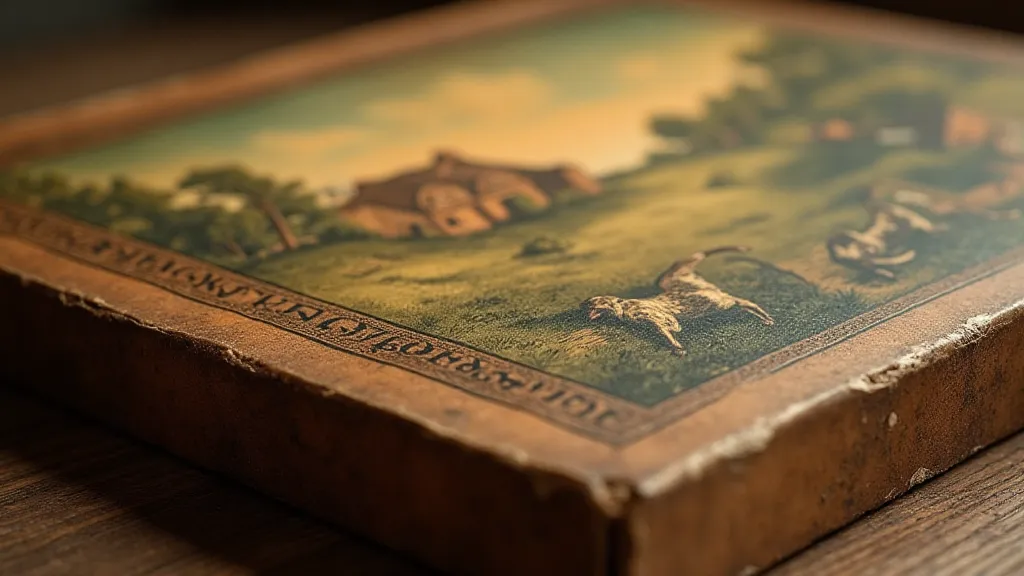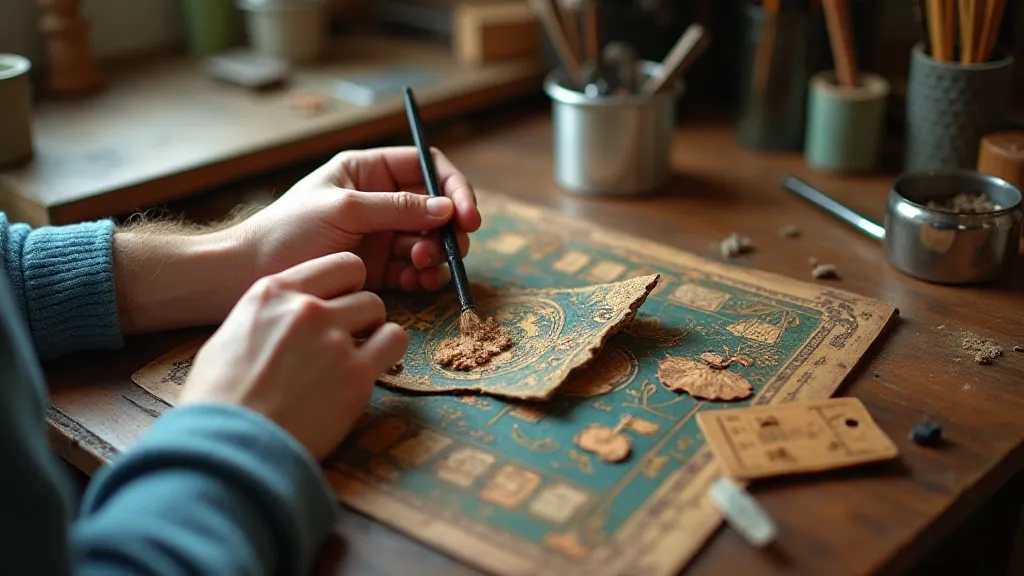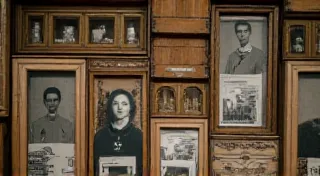The Cartographer’s Shadow: Uncovering the Uncredited Game Designers
There’s a certain melancholy beauty in holding a vintage board game. The faded colors, the worn edges of the box, the scent of aged paper and cardboard – they whisper of countless games played, laughter shared, and memories forged. But often, lost within this nostalgic glow, lies a hidden sadness: the absence of recognition for those who painstakingly brought these worlds to life. We celebrate the names of Parker Brothers, Milton Bradley, and Hasbro, but what of the individuals behind the original concepts, the visionaries whose creations were absorbed, adapted, and ultimately overshadowed by larger companies?
Think of antique accordions – intricately crafted instruments, each key a testament to the artisan's skill. Now imagine the accordion maker disappearing into obscurity, their name forgotten, while the manufacturer who distributed their creations becomes synonymous with the instrument itself. This, in essence, is the fate that has befallen many of the unsung heroes of tabletop gaming. They were the "cartographers" of imaginary lands, mapping out rules, designing components, and dreaming up scenarios, only to see their efforts vanish beneath a veil of corporate branding.
The Early Days: Anonymous Innovation
The early history of board games is surprisingly murky. Before the era of mass production and recognizable game companies, games often circulated through personal networks and small workshops. Many were created by individuals or small groups, passed along as gifts or sold locally. Documentation was scarce, and attribution even scarcer. It’s incredibly difficult to definitively identify the original creators of games like "The Mansion of Happiness" (1843), a morality game that swept the nation, or “Tiddlywinks,” which originated in Victorian England. While the names of those who commercially produced and marketed these games may be known, the initial spark of ingenuity remains frustratingly elusive.
This wasn's merely a quirk of the era. It was a consequence of the evolving relationship between creativity and commerce. As games moved from the realm of handmade gifts to mass-produced commodities, the rights and recognition of the original designers became increasingly vulnerable. Companies realized the potential of acquiring existing game ideas, often paying minimal amounts or offering no credit at all. The allure of the market often eclipsed the appreciation for the artistic process. The very structure of game creation began to shift, impacting the communities that fostered early game design, highlighting the rise and fall of entire groups – a fascinating story explored further in The Guild of Lost Dice: Celebrating the Forgotten Communities of Board Gamers.

The Case of Arthur Cooke & John Smith
One poignant example comes from the annals of American game design. The story of Arthur Cooke and John Smith (names used for anonymity – the records are frustratingly incomplete) revolves around a fascinating early 20th-century game tentatively called “Voyagers.” Cooke, a cartographer by trade, and Smith, a schoolteacher with a passion for puzzles, crafted a complex game centered around exploring uncharted islands and collecting resources. The game, played on a modular board with intricate rules for navigation and diplomacy, was a testament to their combined talents.
They initially sold “Voyagers” through local shops and at county fairs. The game gained a small but devoted following. Its mechanics – a blend of resource management and strategic movement – were remarkably innovative for the time. Unfortunately, a local toy manufacturer caught wind of the game. He admired its potential, but saw no value in acknowledging Cooke and Smith’s contribution. He simply rebranded it as “Explorer’s Quest,” streamlined some of the more intricate rules, and launched it nationally. Cooke and Smith received a paltry sum, a fraction of what the game would eventually earn for the manufacturer. They were effectively erased from the narrative.
The Craftsmanship Lost
Beyond the lost recognition, the rise of mass production also resulted in a decline in the quality of craftsmanship. Early board games were often made with meticulous care. Game pieces were hand-painted, boards were crafted from thick, durable materials, and the overall presentation reflected a commitment to artistry. The current focus on efficient manufacturing often prioritizes speed and cost over quality. Modern game components, while functional, lack the tactile richness and charm of their antique counterparts.
Consider the game pieces themselves. In many early games, the wooden tokens were shaped by hand, each one unique and possessing a certain character. The difference between a mass-produced plastic pawn and a hand-carved wooden explorer is palpable, and speaks volumes about the dedication of the artisans of that era. That attention to detail, and how it helped define an era’s aesthetics, is something deeply examined in Chromatic Echoes: How Color Palettes Defined a Generation of Board Game Aesthetics. The shift in production methods also influenced how games were designed overall, an important aspect when transmuting nostalgia into modern game design.

Thematic Echoes of Society
The themes explored in early board games often provided a fascinating window into the societal values and anxieties of the time. Morality games, for instance, served as a form of public instruction, while adventure games reflected a burgeoning fascination with exploration and discovery. The narratives woven into these games weren’t merely entertainment; they were subtle lessons in citizenship, ethics, and resilience. Even games deemed failures or abandoned by their original publishers can tell us much about the cultural currents of their day.
Analyzing these themes reveals surprising insights into the social commentary embedded within the games. Some reflected prevailing notions of class and gender, while others challenged them. The careful selection of artwork, the wording of rules, and even the design of the game board all contributed to the overall message. It is a testament to how much games can reveal about the human condition – an insight deeply explored when looking at the narratives behind forgotten board games.
Beyond the Surface: The Significance of Game Design
The design of a board game is more than just the arrangement of components and the drafting of rules; it’s an intricate blend of art, psychology, and engineering. Early game designers were often pioneers in their field, inventing new mechanisms and experimenting with innovative approaches to gameplay. Their creations were often born from a deep understanding of human interaction and a desire to create engaging and meaningful experiences.
The modularity of early games allowed for unprecedented levels of player interaction and strategic depth. The ability to create custom scenarios and modify rules added a layer of dynamism that is often lacking in modern, more rigidly structured games. This spirit of experimentation and innovation is what made early board games so unique and compelling.
Restoration and Remembrance
The practice of restoring antique board games isn’t merely about preserving objects; it’s about honoring the memory of those who created them. Gentle cleaning, careful repair of damaged components, and even recreating missing pieces (using historical documentation as a guide) are acts of remembrance. When restoring a game, it’s important to be mindful of its history, to avoid alterations that would compromise its authenticity. The goal is to reveal the game's original beauty, to allow it to tell its story.
Collecting these forgotten games also plays a crucial role in ensuring that their stories aren't entirely lost. By actively seeking out and preserving these treasures, collectors create a living archive, a testament to the creativity and ingenuity of those who remain largely uncredited. Sharing information about these games through online forums, blogs, and museums can help to bring their stories to a wider audience. The themes of loss and rediscovery are powerful forces in the collector’s world, and can even dictate what a game is “worth” – both monetarily and culturally. The rarity of certain editions – often tied to limited print runs – creates obsessive interest among dedicated collectors, as discussed in The Ambered Kingdoms: How Limited Print Runs Created Collector's Obsessions.

A Call for Acknowledgement
The people who created these games deserve recognition. Remembering their contributions is key to understanding the history of play and the evolution of game design.





